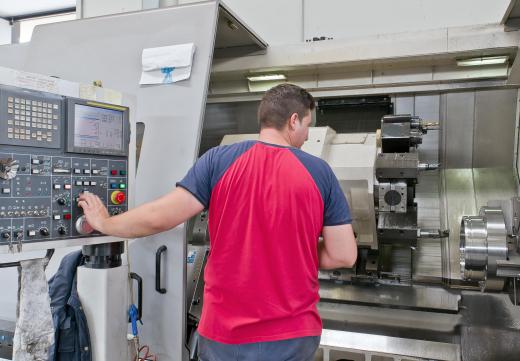There are a number of different methods that can be used to construct printed circuit boards (PCBs), some of which are additive in nature, and others that are subtractive. Two common subtractive methods, both of which start off with a board that is entirely coated in copper, are etching and milling. The milling process involves using a computer numerical control (CNC) router to carve away the unnecessary areas of copper, resulting in conductive pathways and other similar structures. PCB CNC router devices are most commonly used for rapid prototyping, and can create both through-hole and surface mount technology (SMT) circuit boards.
Circuit boards are components that are designed to perform two basic functions. One of these is to provide physical support for a variety of electronic components. The other purpose is to provide electrical connectivity for those components, which is necessary in order to create working circuits. There are a number of different types of circuit boards, and a few different ways to construct PCBs. The most common methods are subtractive in nature, which means that they start off with boards that are coated in copper or another conductive material.

The most common subtractive method of creating PCBs is referred to as etching, which can be used for both small scale prototyping and large production runs. Etching requires the use of potentially hazardous chemicals though, so it is not typically performed outside laboratory and industrial settings. Milling is a similar process that is typically used for rapid prototyping, since it does not require the use of any harmful chemicals.
In order to mill a printed circuit board, a PCB CNC router is required. These devices are used to mill the copper surface of a board until a specified pattern has been created. This is accomplished by providing the PCB CNC router with instructions from a computer aided drafting (CAD) program, which the machine can follow in order to automatically mill away the correct areas.
Most PCB CNC router devices are capable of moving along two axes, in order to mill conductive pathways. Movement along a third axis is also necessary in order to control the depth of the cuts. Some of these PCB CNC machines are also capable of drilling holes in circuit boards, which is necessary in order to support through-hole components. Other PCB CNC router devices are designed to create SMT circuit boards, which do not require mounting holes.
